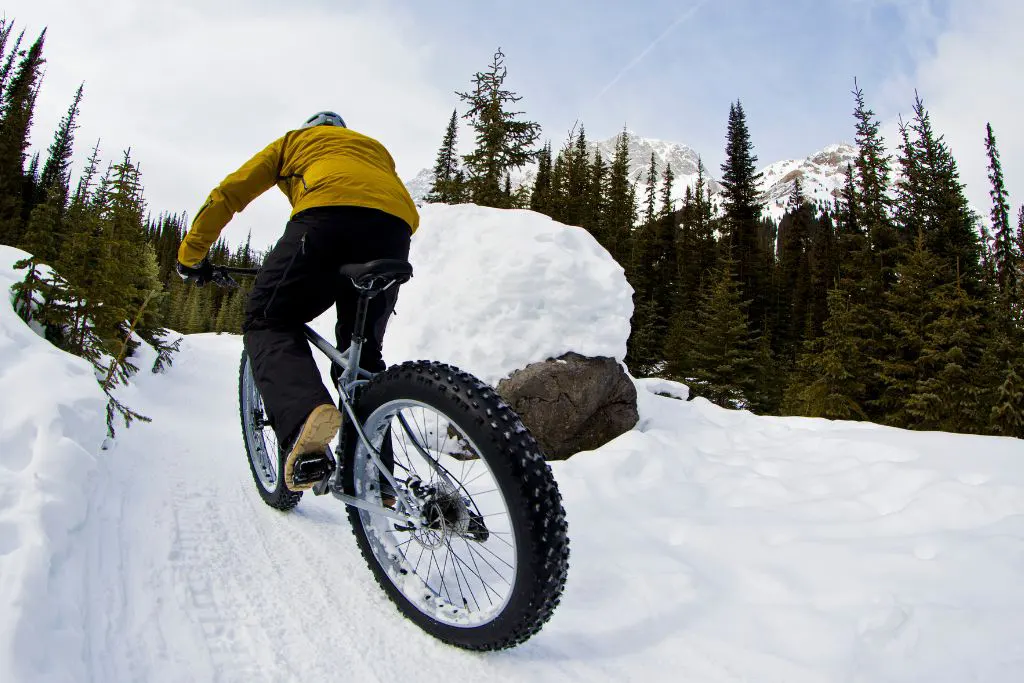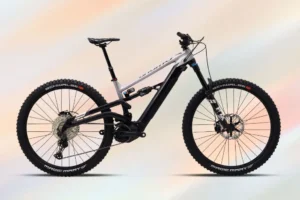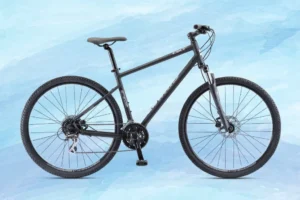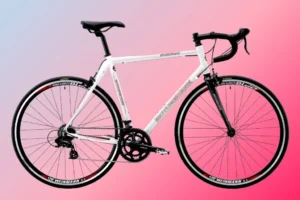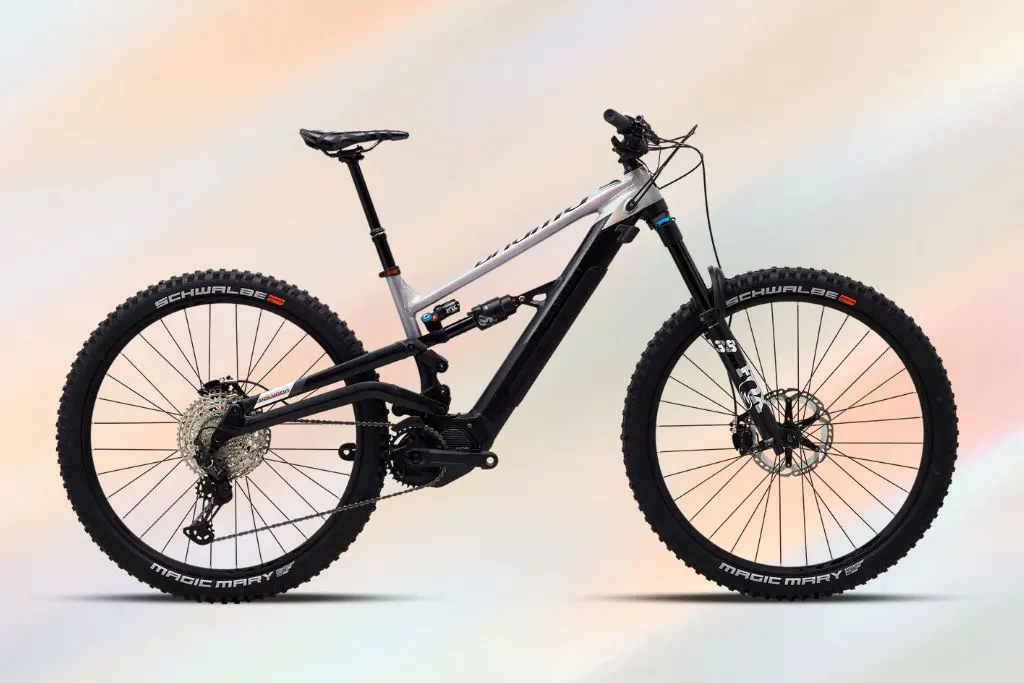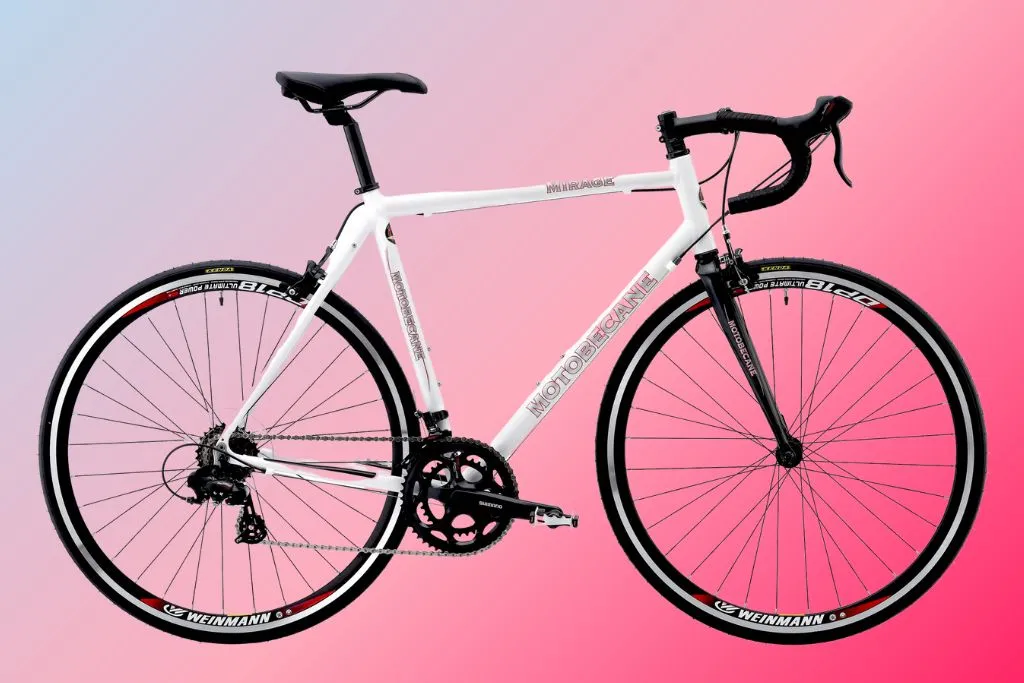The Answer Is Yes, Mountain biking is the perfect way to get outside and explore the world around them. Whether you’re riding on snow-capped mountain trails or sandy beaches, a mountain bike can take you places that you never thought possible.
While mountain bikes are capable of handling light to moderate amounts of traffic, remember that you may need to add chains or studded tires depending on where your adventure takes place.
With a little planning and preparation, your next mountain bike trip can be the adventure of a lifetime!
Mountain bikes are a great way to get around in the snow, and they provide a lot of benefits that other types of bikes don’t.
In this blog post, we will discuss some of the reasons why mountain bikes are good for snow travel, as well as some of the drawbacks. We will also provide some tips on how to use a mountain bike in the snow.
Perfect for snow weather:
Winter can be a tough season for cyclists. The cold weather and shorter days make it more difficult to get out on the open road, and when they do, they often find themselves dealing with icy roads and slushy trails.
However, those who embrace the challenge of winter riding will find that mountain bikes are the perfect choice for snowy conditions. Mountain bikes are built to withstand the rigors of off-road riding, so they’re more than capable of handling the challenges of winter weather.
In addition, the wider tires provide increased traction on slippery surfaces, making it easier to keep your bike on course. So if you’re looking for a way to stay active this winter, consider giving mountain biking a try. You may be surprised at how much fun you have.
Mountain bikes are wider and have more grip:
Mountain bikes are designed for off-road riding, and as such, they typically have wider tires than road bikes. This gives them more grip and helps to prevent slipping on loose or uneven surfaces.
Additionally, mountain bike tires are often studded with metal spikes, which can provide extra traction in icy or snowy conditions. While road bikes can be ridden in snow, their narrower tires and lack of studs can make them more difficult to control.
For this reason, mountain bikes are generally considered to be a better option for riding in snowy conditions.
Mountain bikes also have suspension systems:
Mountain bikes are specially designed to handle rough, mountainous terrain. They typically have thicker tires and more robust frame than other bicycles, which helps them to better navigate rocky trails and uneven ground.
In addition, mountain bikes often have suspension systems that can absorb shocks from bumpy terrain. This is especially important when riding on snow, as it helps to protect the rider from jolts that could otherwise cause an accident.
By choosing a mountain bike for winter riding, cyclists can enjoy the serenity of the season while staying safe on the trail.
Mountain bikes are built for rugged conditions:
Mountain bikes are built to tackle tough terrain, which means they’re often heavier than other types of bicycles. However, this extra weight can actually give mountain bikes an advantage in slippery conditions like snow.
The added weight makes the bike more stable, meaning it’s less likely to slide out from beneath the rider. In addition, mountain bikes typically have wider tires than other bicycles, which helps them to maintain traction on uneven or loose surfaces.
So if you’re looking for a bike that can handle the rigors of off-road riding and keep you safe in slippery conditions, a mountain bike is a great choice.
Handle both snow and pavement:
A mountain bike is a great option for anyone who wants to be able to ride on both snow and pavement. Mountain bikes are designed to be durable and to provide a comfortable ride, even over rough terrain.
They also have wide tires that provide good traction in both snow and mud. In addition, mountain bikes often come equipped with suspension systems that help to absorb shocks and prevent bumps from jostling the rider.
If you’re looking for a bike that can handle all kinds of conditions, a mountain bike is the way to go!
Mountain bike tire pressure snow:
If you’re an avid mountain biker, you know that tire pressure is important for getting the best performance out of your bike.
But what about when the trails are covered in snow? Is there a special tire pressure for mountain biking in the winter? The short answer is yes. When riding on snow, you’ll want to lower your tire pressure by 10-15 psi from what you would use on dry ground.
This will give you more traction and help to prevent your tires from slipping on the icy surface. You may also want to consider using studded tires, which are specifically designed for riding on snow and ice.
With a little preparation, you can keep mountain biking all year round – even in the middle of a snowstorm!
How deep of snow can you ride a fat bike in?
Most fat bikes are designed to be ridden in snow that is at least six inches deep. However, some riders have taken their bikes out in deeper snow with success. In general, the deeper the snow, the more effort it will take to ride.
The wider tires on a fat bike help to float on top of the snow, but if the snow is too deep, it can start to drag the bike down.
Riders in deep snow often have to get off and push their bikes for periods of time. However, for those who love a challenge, riding a fat bike in deep snow can be a great way to get outside and enjoy the winter scenery.
Are mountain bikes good for winter?
In the dead of winter, it can be tough to find the motivation to get outside and stay active. However, one activity that is always enjoyable, no matter the temperature, is mountain biking.
Not only is it a great way to explore the winter wonderland that has been created by the snow, but it can also be a great workout. The key to mountain biking in the winter is to dress appropriately and be prepared for anything.
Layering is essential, as is having a good pair of gloves and a helmet. Once you have the right gear, you can enjoy mountain biking all winter long.
Is it safe to ride a bike in the snow?
Winter weather can be daunting, but it doesn’t have to keep you off your bike. With a little preparation, you can safely ride in snow and even enjoy it. Of course, there are some things to keep in mind.
First, take it slow. Riding in snow is different than riding on dry pavement, so you’ll need to give yourself time to adjust.
Second, dress for the conditions. Layering is key, and you’ll want to make sure your extremities are well protected from the cold. Finally, consider using studded tires.
These provide extra traction on icy surfaces, giving you added confidence when riding in winter weather. So don’t let the snow keep you indoors – with a little bit of planning, you can safely enjoy biking all year round.

